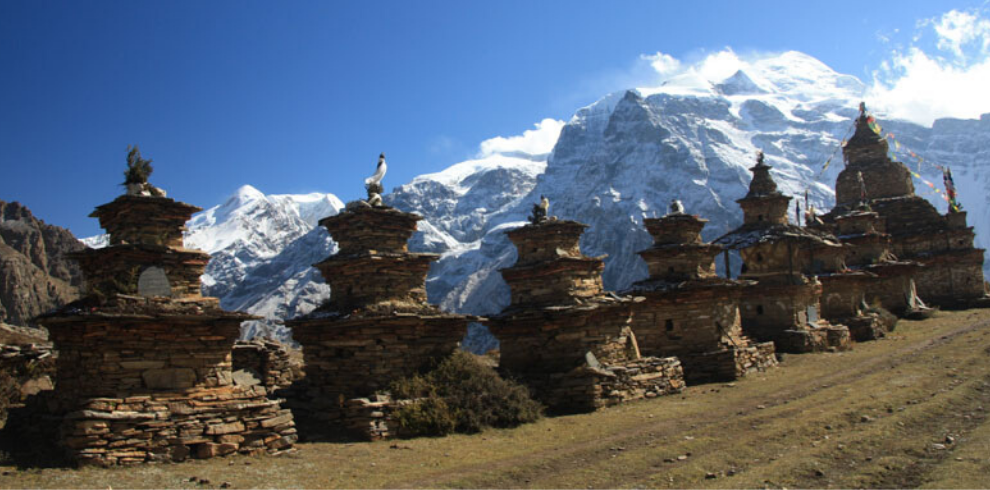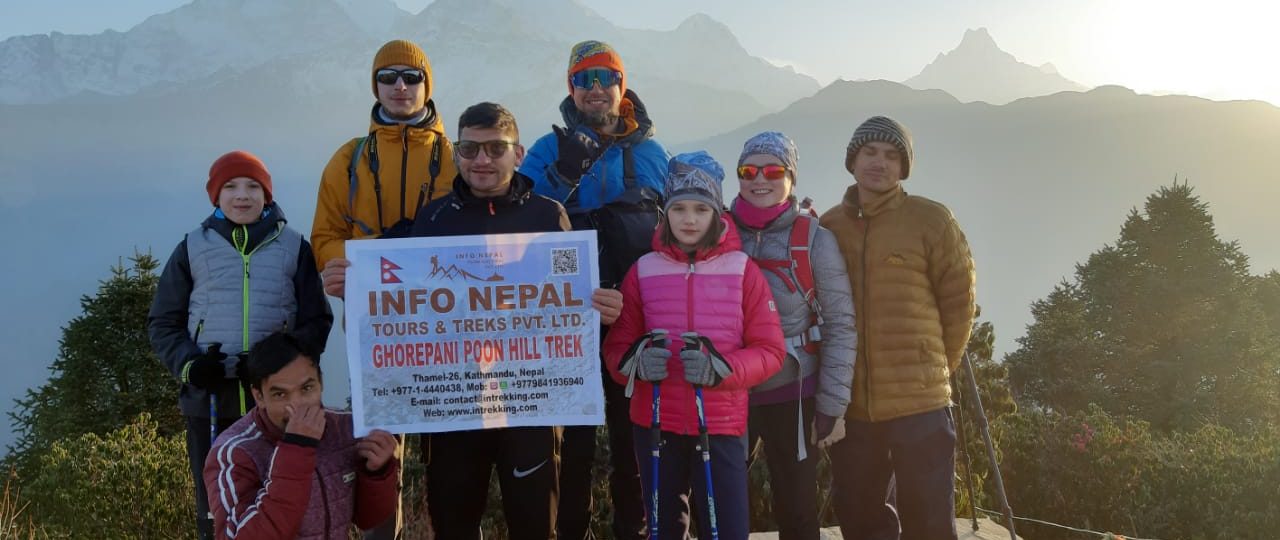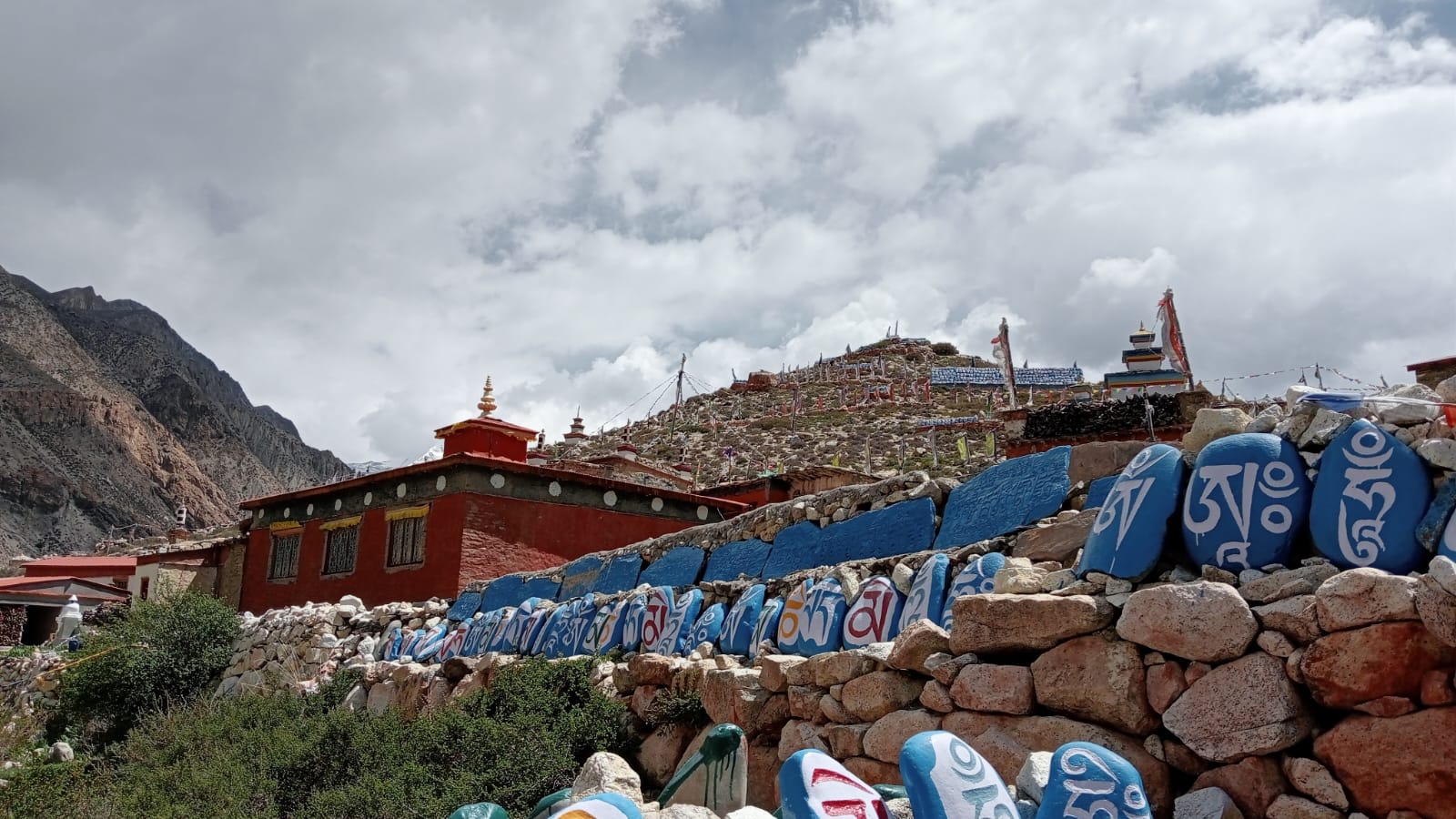
 Written By: Rajesh Neupane
Written By: Rajesh Neupane
When is the Best Time for the Nar Phu Valley Trek?
Enquiry Form
- Nar Phu Valley Trek is the most spectacular trek to the hidden valleys of Manang district. It came into the spotlight just two decades ago. Learning about the weather before you trek to any place keeps you safe from harsh weather conditions.
Nar and Phu are two distinct valleys situated on the east side of Manang District. The Annapurna Conservation Area surrounds this valley. You can see many majestic mountains, such as Annapurna I, Annapurna II, PokarKhang, Kangaru, Himlung, Ganga Purna, Khangsar Kang, and many more.
The trek starts from Koto at 2600 m to Meta at 3,560 m, then to Phu valley 4,080m. After a day spent on exploring Phu valley. we descent to meta and then again ascent to Nar valley situated at an altitude of 4,110 m. The adventure culminates with crossing the thrilling Kang La Pass (5,320 m), offering breathtaking views of the Annapurna range. The cultural experience of Nar Phu Valley adds glamor to your trek.
The weather at higher altitudes is quite unpredictable in Nepal. However, it varies according to the four seasons: Spring, Autumn, Winter, and Summer. Let’s get into detailed information about the weather conditions of Nar Phu Valley in different seasons.

Best Time for Nar Phu Valley Trek.
Spring Season (March-May)
Spring is one of the best times to trek Nar Phu Valley. The temperature is moderate, neither too hot nor too cold. You can trek comfortably in this season. It is the blooming season when everything comes back to life.
March, April, and May are the months of Spring. This season follows after a harsh winter. Winter dries out everything, while Spring brings it back to life. So you can enjoy blooming flowers all along the trail.
The forests and wildlife keep you busy during the trek. The temperature is hot and cozy. The locals return to their place and open the closed guest houses during Winter. The place becomes merrier and glamorous.
This is the seasonal time of the year. So, Spring invites many visitors, making trails busy. You encounter many foreign trekkers during the journey. The guesthouses are packed. You need to prebook to get a room in a guesthouse.
Autumn Season (September-November)
Autumn is another best time for trekking. The weather is perfect for trekking. Everything is in its best condition during this season. It comes after the monsoon; the monsoon rain clears out everything. Autumn proceeds from September to November.
The sky is clear with breathtaking views. The temperature is warm, making the trek comfortable. Autumn is the fall season. So, you get to see trees changing their colors along the trail. This makes landscapes beautiful. The clear weather offers panoramic views of tall mountains.
There is less chance of rainfall and snowfall. It is the safest season with no risk of natural calamities like landslides. The trails are in the best condition. This makes trekking easier.
Many trekkers aim to trek successfully in this season. It favors trekkers all rounder. The weather is perfect. The guesthouses remain open and packed due to many trekkers. You need to prebook to get a room for a night’s stay. There are a lot of disturbances throughout the journey. Also, it is the festive season.
You get an opportunity to enjoy the main festivals of Nepalese. Dashain and Tihar are celebrated in this season. The hustle of this festival is very heartwarming.
Winter Season (December-February)
Winter is the coldest season. The harsh weather and strong wind make trekking challenging. Many passes remain closed due to heavy snowfall. This season is not favorable due to the unbearable cold.
It begins in December and ends in February. The weather is very dry. The trails are covered with snow, making it difficult to trek. You need to prepare carefully for trekking in Winter. With a professional guide, it is possible.
Many trekkers avoid this season. So, the trails are very peaceful. If you love Winter and adventure, this is the best time. The sight of snow-capped mountains in Winter is a once-in-a-lifetime experience.
Many local people migrate to lower regions to escape the cold. So, most guest houses remain closed. You must pack all the cold weather equipment and crampons.
Summer (June-August)
Summer is the hottest time of the year. The temperature is hot with heavy rainfall. However, trekking this valley is possible because it lies in a rainshadow area. There is less rainfall in this valley, even during summer.
It is like the desert of Nepal. But, the roads connecting Besisahar to Nar Phu are dangerous because of mudslides and landslides. Even though there is less chance of rainfall, you need to carry rain gear in case. The temperature is warm before rainfall but drops afterward, making evenings and mornings chilly.
Summer proceeds from June to August. The dense, lush forest of summer is spectacular. You get to see it after it rains. It is dust-free due to rain. You can enjoy the green forest and landscapes.
Frequently Asked Questions
What are the best seasons for Nar Phu Valley Trek?
Autumn and Spring are the best seasons for Nar Phu Valley Trek.
Where is Nar Phu Valley located?
Nar Phu Valley is located in the southern part of the Annapurna Region in Manang District.
What are the permits required for the Nar Phu Valley Trek?
Nar Phu Valley Trek requires a Special Restricted Area Permit, an Annapurna Conservation Area Project (ACAP) Permit, and A Trekkers’ Information Management System (TIMS) Permit. For a detailed information you can check Nar Phu Valley Trekking Permit.
Conclusion
Therefore, you can enjoy the trek to Nar Phu Valley anytime in the year. Autumn and Spring are the best time to trek. Trekking in summer is also manageable as it is a rainshadow area.
However, trekking in seasonal time is best to avoid any troubles. You can trek comfortably in the best favorable climates while taking some precautions during summer, mainly in Winter.
Call us at (+977) 9841936940 for insights on permits, local guides, or current weather conditions. If email is more your style, reach out at [email protected] for quick responses on itineraries, packing lists, and more.